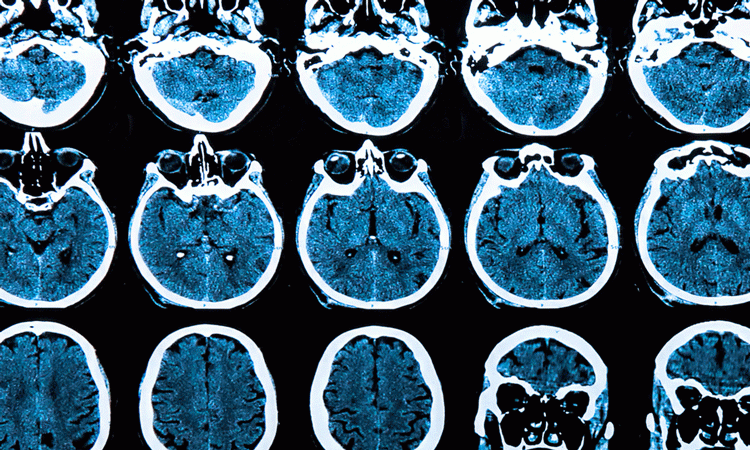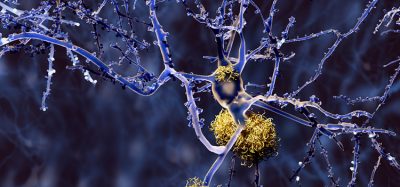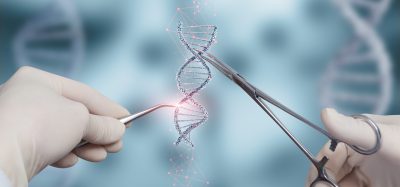New stem cell model to test treatments for neurodegenerative disorders
Posted: 2 August 2018 | Drug Target Review | No comments yet
The team found that astrocytes inhibit growth of precursor cells that become myelin, and speed up the neural network in the brain…


Researchers from the City of Hope has developed a model using stem cells to analyse possible treatments for a rare nervous system disorder called Alexander disease.
The team investigated Alexander disease because of its relatively simple pathology, where a mutation in a astrocytes, which are glial cells, inhibits a type of precursor cell that becomes myelin further down the line. Myelin in the ‘fatty sheath’ that facilitates communication in the brain.
“The bulk of ApoE4 resides [are] in astrocytes; ApoE4 is a gene variant known for increasing the risk of Alzheimer’s disease,” said Dr Yanhong Shi, director of the Division of Stem Cell Biology at City of Hope.
“So, if we understand how astrocytes function, then we can develop therapies to treat Alexander disease and perhaps other diseases that involve astrocytes, such as Alzheimer’s and ALS.”
The team describe their results as the first to overcome the challenge of understanding how mutations in the gene, called GFAP and found in astrocytes, inhibits normal myelin distribution. Previous researchers could not create an animal model to observe the disease path, so the team used a stem cell model to help provide insight into the disease pathway of Alexander disease.
Patient-derived stem cells were used to assess therapeutic interventions for related neurodegenerative diseases. These stem cells had a mutation in the GFAP gene. The team then conducted a parallel comparison of brains obtained from Alexander disease patients and noted that both models exhibit disease-associated protein deposits called Rosenthal fibres.
Dr Shi’s team used CRISPR/Cas9 gene editing techniques to correct the GFAP mutation in the diseased astrocytes and found that this correction reduced the disease-associated protein deposits. The stem cell disease model was then used to examine how Alexander disease develops.
The team found that astrocytes inhibit the growth of oligodendrocyte progenitor precursor cells which becomes myelin, speeding up the neural network in the brain. They compared genes expressed in the astrocytes from stem cells of Alexander disease patients and those from healthy controls, and identified that the GFAP mutant astrocytes secrete CHI3L1, a protein marker of neuroinflammation which supresses neural development-related processes – including myelination.
The team recognised that therapies targeting CHI3L1 may treat Alexander disease successfully.
“Although neurons have been in the spotlight for years, more studies are finding that astrocytes play a very important role in normal brain function and neurological disease,” Dr Shi said.
“Astrocytes make up a large proportion of the cells in the brain and are important in neuroinflammation. Chronic inflammation creates disease. The question is how to prevent it.”
Dr Shi, senior author of the study and her colleagues believe they are now one step closer to slowing or treating neurodegenerative disorders.
Related topics
Analytical Techniques, CRISPR, Disease Research, Drug Discovery, Drug Discovery Processes, Research & Development, Stem Cells, Therapeutics
Related conditions
Alexander disease
Related organisations
City of Hope
Related people
Dr Yanhong Shi








